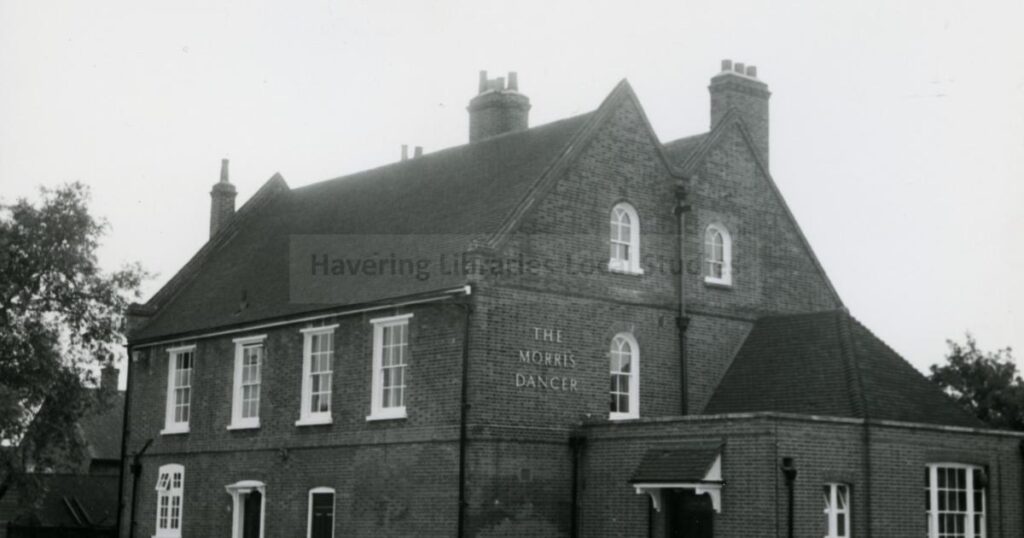The Morris Dancer in Melksham Close was transformed from a fifteenth century farm barn, known locally as the New Hall Farm, Havering Libraries said.
Documents archived by Havering Libraries reveal that the building was first mentioned in 1461, having been used as offices by labourers.

They said that it was the belief of many people at the time that facilities such as a community centre should take precedent over the creation of a watering hole.
The first landlords of the pub could not have been more eager to begin serving drinks.
Havering Libraries said that the first pint was pulled less than an hour after the landlords were granted their licence by magistrates.
A description of the venue from 1967 has revealed the pub’s interior, with walls lined with “a number of paintings by local artist R Crampton”.

As well as being the first pub in the area, it is also recorded as the oldest building in Harold Hill and has been listed on the heritage register.
Its name gives a nod to the Nine Daies Wonder of William Kemp in 1600 from London to Norwich, according to Havering Libraries.
READ MORE: The lost Harold Hill pub infamous for its ‘rowdy brawls’

His dance was commemorated through the naming of the pub, Havering Libraries said, with morris dancers previously stopping in Romford just as Kemp did.
The building stopped trading as a pub in 2016 and has since been made into an accommodation building for young people leaving care.




